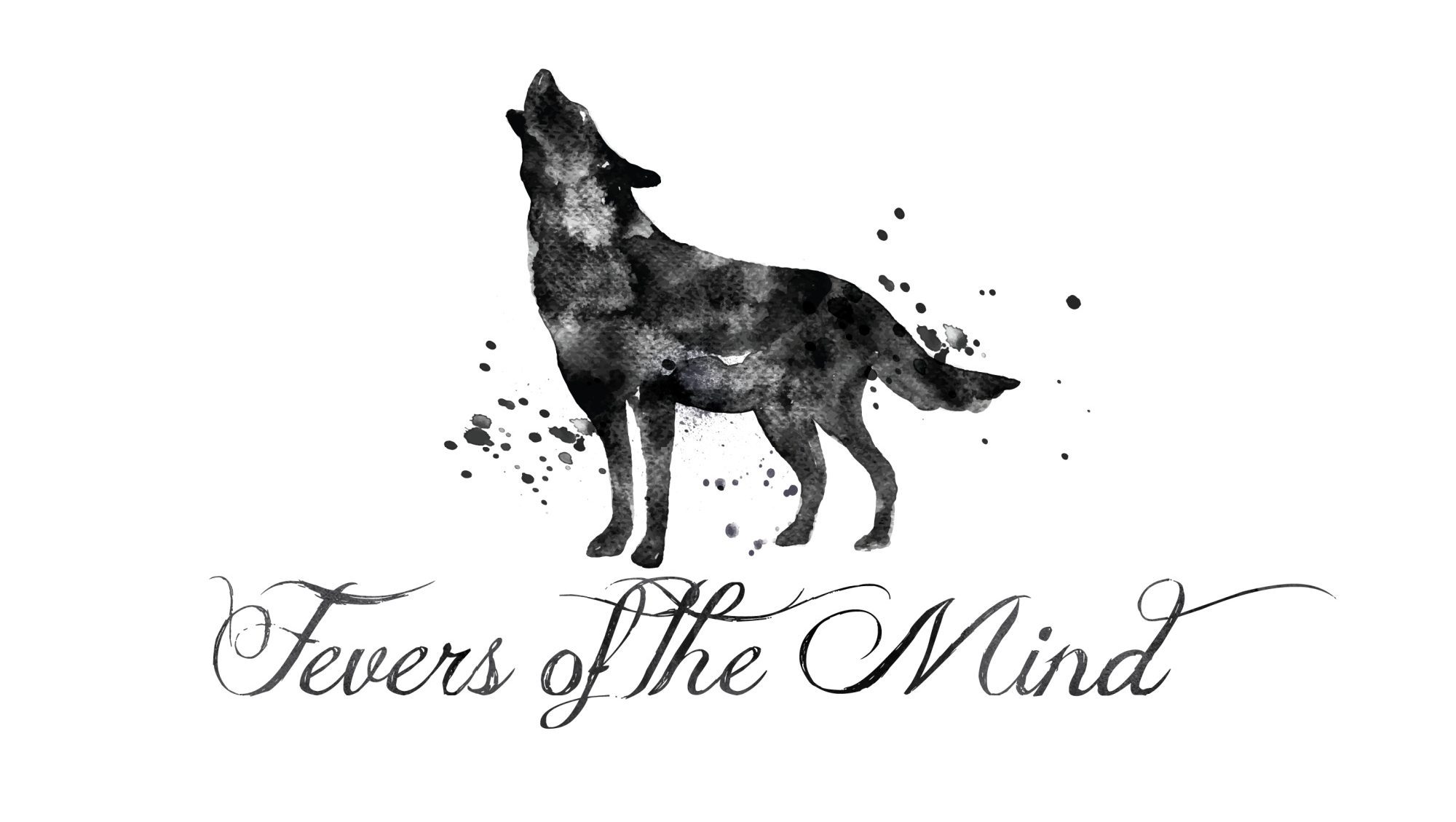
Bio: Lynne Jensen Lampe has poems in or forthcoming from Figure 1, Olney Magazine, Yemassee, Moist Poetry Journal, and elsewhere. Also to come is her chapbook Talk Smack to a Hurricane (Ice Floe Press, 2022) about mothers, daughters, and mental illness. Her poem “Stirring the Ashes” was a finalist for the 2020 Red Wheelbarrow Poetry Prize. She lives with her musician husband and two dogs in mid-Missouri, where she edits academic books and journals. Visit her at https://lynnejensenlampe.com. Twitter: @LJensenLampe.
All in a Day
A friend had a tortoise named Cecil whose best trick was that he could be still. His life ran amok when his innards were sucked and now he is naught but a seashell. On the Side of the Road The dead cow seemed as big as a house. All its owners could do was grouse. They stuck a knife in the bloat to cut burgers and roasts, wore the skin as a beautiful blouse. End of the Line We once trained a healthy young stallion whose ancestors were brought on a galleon. On a romp in the rain he got hit by a train and that was the end of his dallyin’. A Fevers of the Mind Quick-9 Interview 1. When did you start writing and first influences? I loved to read, but I don’t think I thought of writing on my own until I was 8 or 9 years old and began writing limericks. My Grandpa Sam, who usually had a very analytical and serious demeanor, loved to tell stories and recite limericks. He must’ve told me to read Ogden Nash—one of the first poems I remember is “A flea and a fly in a flue, they didn’t know what to do.” And actually, when I’m stuck now I write grimericks, the macabre version of limericks. Other early influences were A.A. Milne, Joan Aiken, Dalton Trumbo, Sylvia Plath, and my mother—her severe mental illness and frequent hospitalizations certainly shaped me from day 1. 2. Who are your biggest influences today? Gregory Orr tops the list—his Primer for Poets & Readers of Poetry changed my life with its talk of order and disorder and looking at poetry in terms of naming, singing, saying, imagining. I really admire the poems of Dorianne Laux, Diane Seuss, and Ansel Elkins—quiet yet powerful, everyday vocabulary used in striking combinations. torrin a. greathouse writes vividly about pain, danger, and change—I’d like my poems to balance craft and emotion so deftly. As I try to move toward the lyric, I look to Sabrina Orah Mark and Michael Credico and French filmmakers such as Alain Resnais to help me jog free of expectation and conventional thought. 3. Any pivotal moment when you knew you wanted to be a writer? When I was 12 years old, I wanted to be a tree surgeon or an architect, so it was later than that! At 15, I started wondering about journalism. That was in 1974, the year Woodward and Bernstein published All the President’s Men about Nixon and Watergate. Right around then, maybe the year before, I started writing poetry. 4. Who has helped you the most with writing? Gosh, so many people. My high school journalism teacher, Steven Fitzgerald, encouraged me. A few of us would hang out in his classroom after school, writing in our journals and talking with him about life. Sophomore year of college I took an intro to poetry workshop with Marcia Southwick—first time I heard “show, don’t tell.” She nurtured me as a writer and helped me believe in myself as a poet. More recently, Amie Whittemore and Ed Skoog as well as two critique groups, one local and one online—shout out to Inflections writers and the Poet Sisters! I’m also part of an accountability group, Dame Good Writers. 5. Where did you grow up and how did that influence your writing and did any travels away from influence your work? I grew up mostly in Baton Rouge, Louisiana. Southerners seem to be natural storytellers, stretching out more than syllables when they speak. Maybe that’s why my poems tend toward narrative. People put a premium on politeness (and euphemism), regardless of real feelings or facts, and I think that’s one reason I soften the power of my early drafts with unnecessary words. Also, when I write or read poems with Southern imagery, my diction and accent change. 6. What do you consider your most meaningful work you’ve done creatively so far? Definitely the poems I’ve written about my mother and mental illness. 7. Favorite activities to relax? I love reading mysteries (especially Sherlock Holmes pastiches), bike riding, cooking, hiking, and browsing at thrift stores or grocery stores. Oh, and playing with our two dogs. 8. What is a favorite line/stanza from a poem/writing of yours or others? I first read “Hush” by David St. John decades ago. These lines have stayed with me: Well, I go everywhere Picking the dust out of the dust, scraping the breezes Up off the floor, & gather them into a doll 9. Any recent or forthcoming projects you’d like to promote? Thanks for asking! An ekphrastic poem of mine based on Marilyn Monroe’s Conté drawings is in the current issue of Figure 1 (https://thefigureone.com). I sent that one out more than 25 times! It was quite a journey from the first draft to the version that was accepted. Also, Ice Floe Press (https://icefloepress.net) is publishing my first chapbook, Talk Smack to a Hurricane, in a few months. The 34 poems deal with my mother’s mental illness, our relationship, psychiatric treatments, and power.
